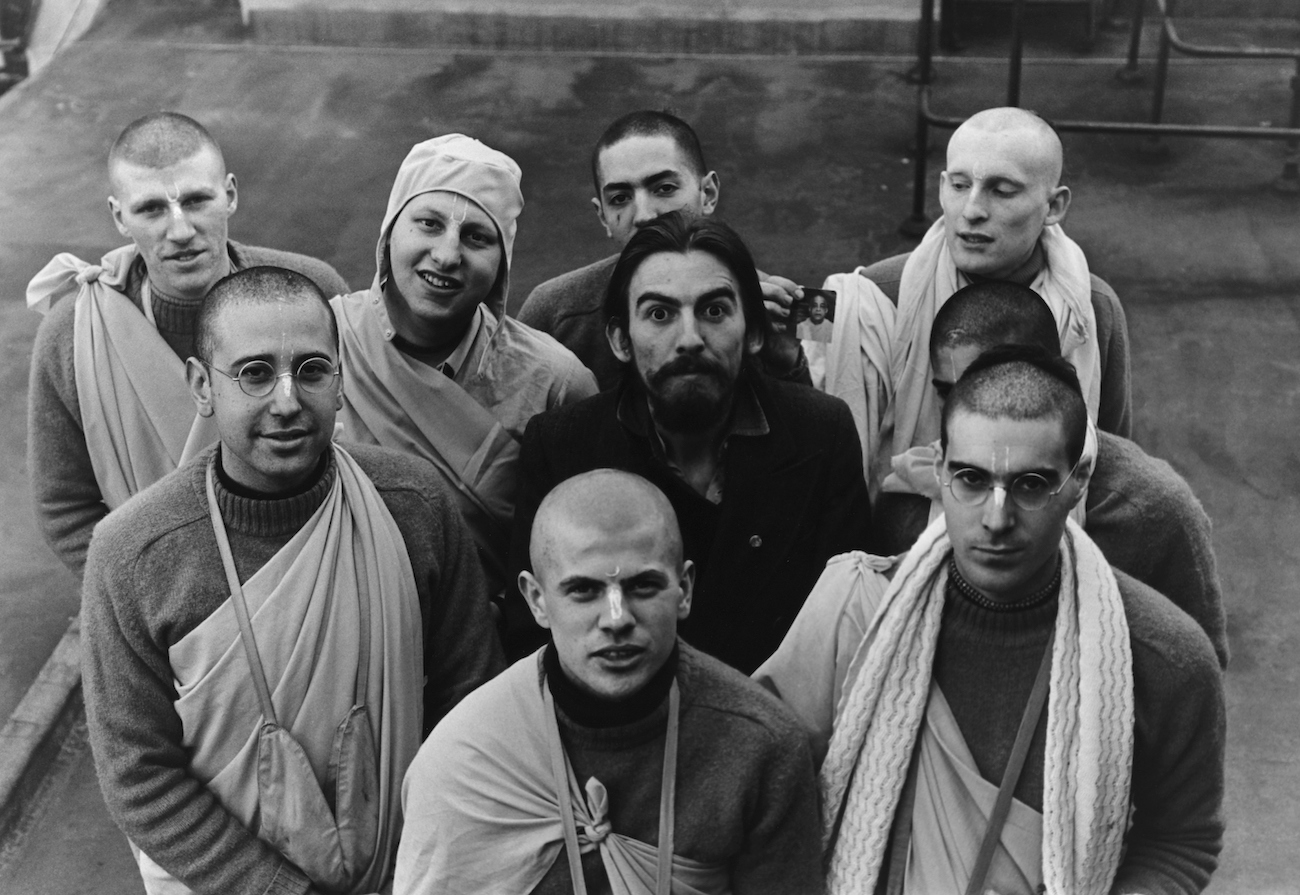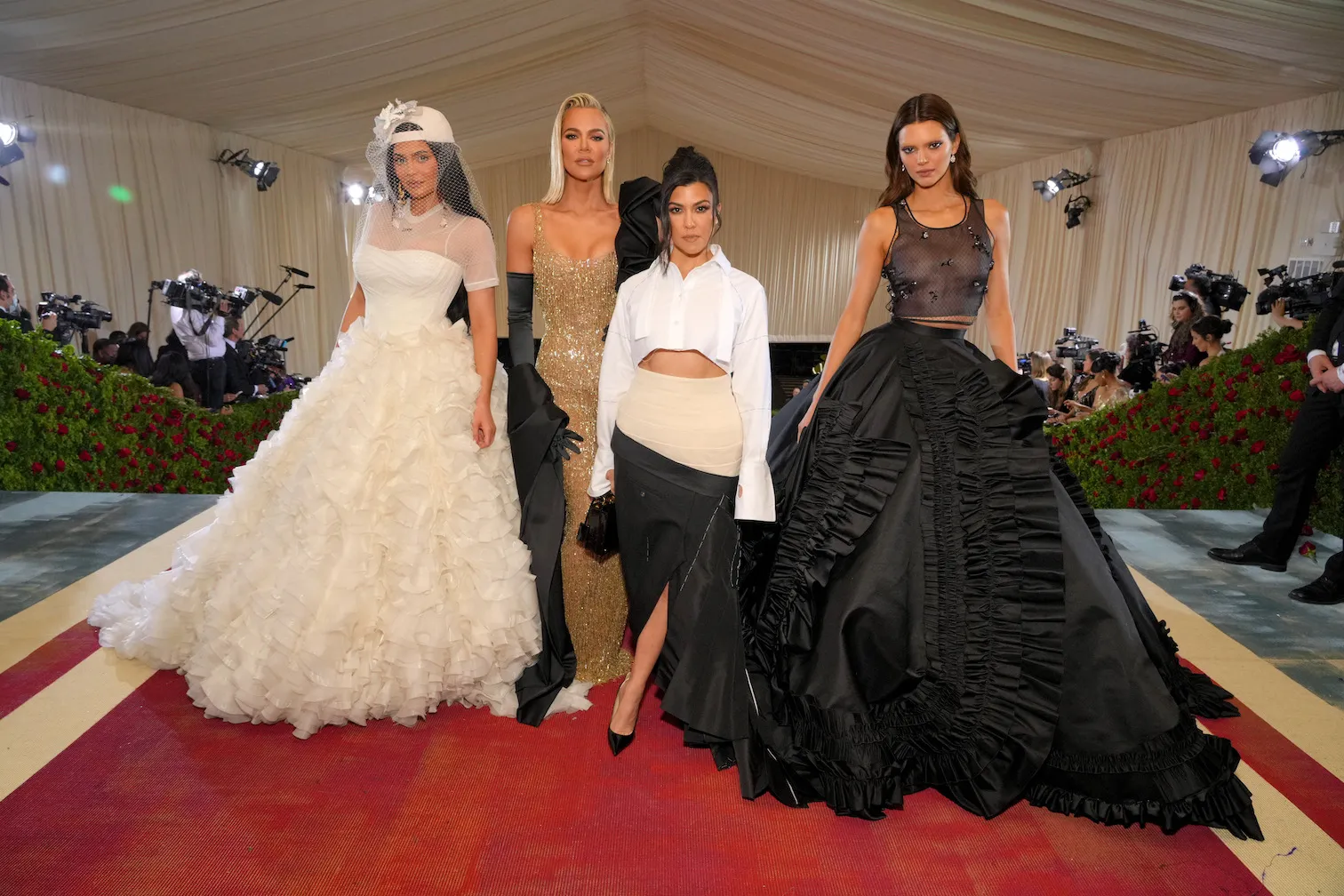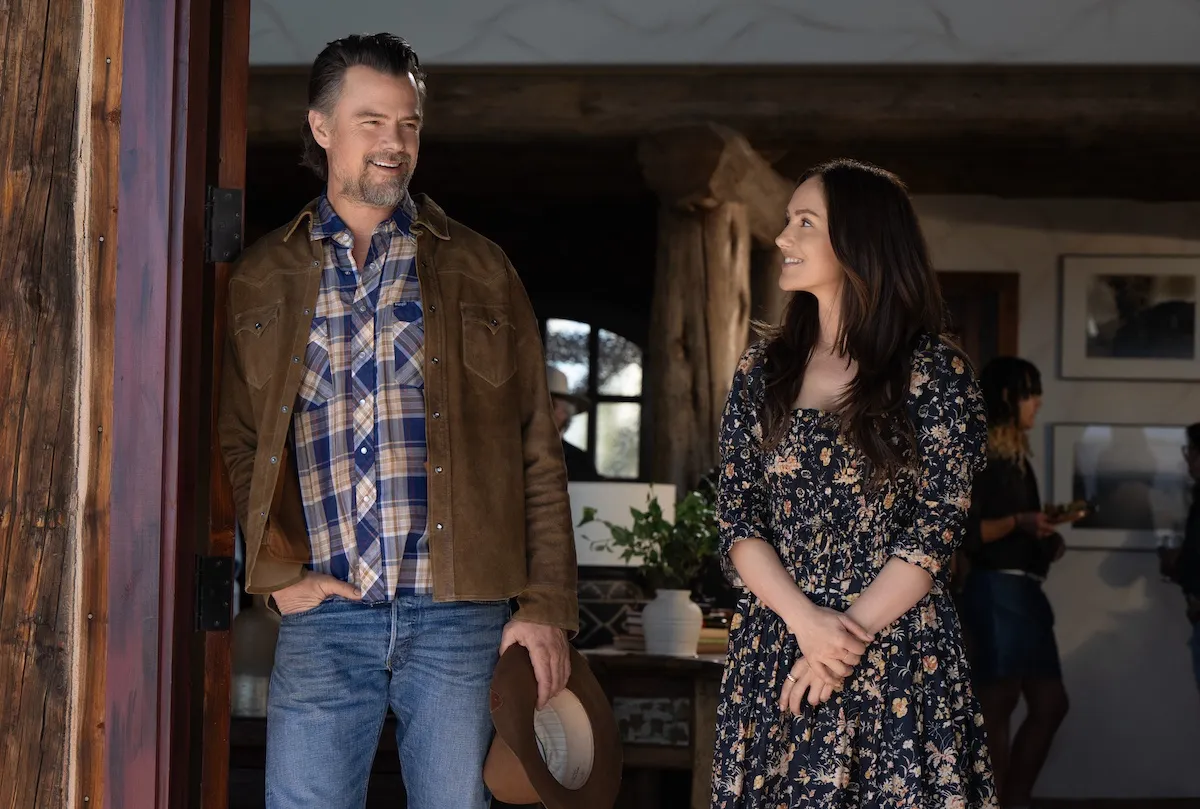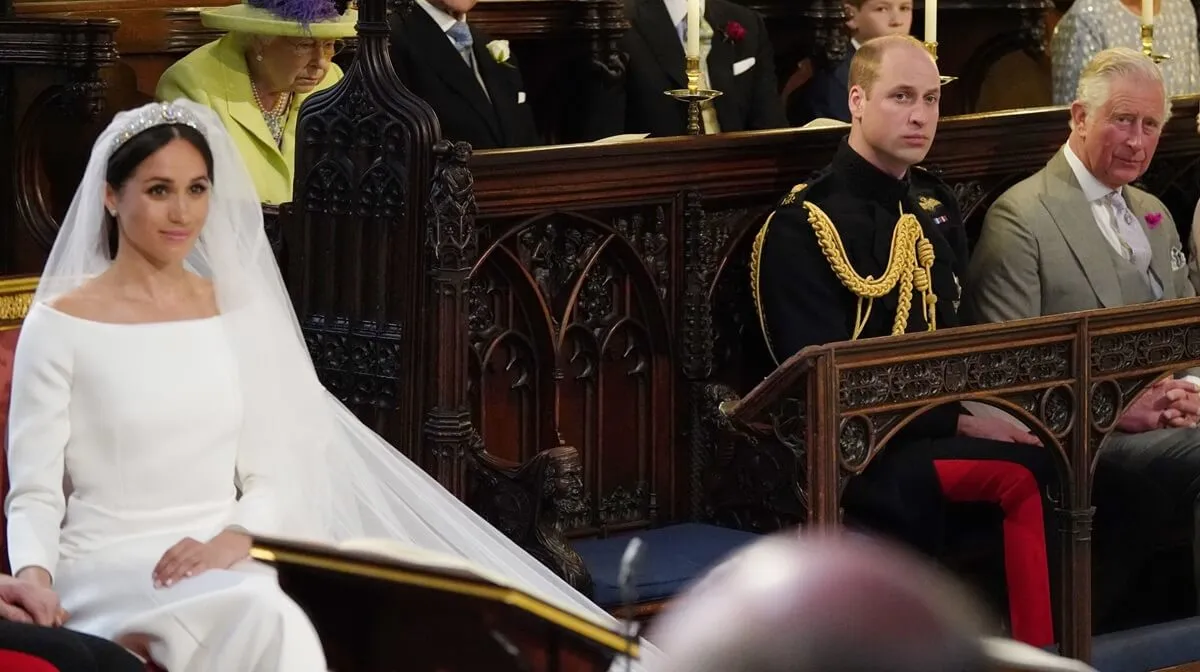
George Harrison Freaked out Some Nuns Who Lived in Friar Park Before Him
George Harrison freaked out some nuns who lived in his estate, Friar Park, before him. The former Beatle should’ve waited until all the nuns were moved out of the 35-acre property before he made it his own.

The former Beatle’s first home didn’t offer too much privacy
In the mid-1960s, George purchased a bungalow, Kinfauns, in Surrey. The home should’ve offered George the privacy he craved after living in London amid Beatlemania. However, it didn’t.
George said some fans knew where he lived, especially the students of an all-girls school down the road. He couldn’t have chosen a property with worse surroundings.
“Actually there’s a girls’ school right next to it but the head mistress was good and she told the kids to give me a bit of privacy,” George said.
Still, other fans found the property. There’s a video of some fans getting their autographs signed by George right on his front porch. Once, George and his wife, Pattie Boyd, came home to find two fans had broken in and were hiding under their bed.
In 1970, George needed more privacy.
George scared some nuns who lived in Friar Park before him
In 1970, George wanted his own recording studio, but Kinfauns was too small. By then, George had made friends with the devotees at the London Hare Krishna Temple. When George found Friar Park, he asked his friend and devotee, Shyamsundar, to come to see the property, which George was thinking of buying.
The eccentric Sir Frank Crisp built the 35-acre property and left it to the Catholic Church after he died. “There’s only a couple of nuns and an old padre living there now,” George told Shyamsundar,
“and they have to sell it.”
However, the estate had gone into disrepair. Beneath the deterioration were Crisp’s lakes, planted topiaries, and carved river that flowed under the property. In Here Comes The Sun: The Spiritual And Musical Journey Of George Harrison, Joshua M. Greene wrote that Crisp had also “planted thousands of varieties of flowers and trees around the estate and excavated a complex of subterranean caves, some featuring skeletons and distorting mirrors.
“Dominating an alpine rock garden in the center of the estate was a hundred-foot-high replica of the Matterhorn built from tons of millstone grit.”
“You can take a boat through all these grottoes and caves,” George said. “There’s carvings all over the place, and little signs with these, what do you call them, clever little sayings . . .”
When Shyamsundar arrived at Friar Park, George pointed out various reliefs carved here and there. On the fireplace, George added something to the mansion that made him feel at home. However, it freaked the previous tenants out.
“George showed his friend a large brick fireplace where he had placed a framed poster of four-armed Vishnu,” Greene wrote. “In one hand, the majestic Vishnu form held a large club. In a second hand, he held a wheel of fire. His third hand cradled a conch shell, and between the fingers of his fourth hand Vishnu held a lotus flower.”
“The nuns were really freaked out by that one,” George said. “I told them, ‘If God is unlimited, then he can appear in any form, whichever way he likes.’ Shook them up a bit. But you know, they’re not bad people, just uninformed. That’s why no one joins up anymore.”
George lived at Friar Park for the rest of his life
When George bought Friar Park, he wanted it to be a place where he could live in privacy, work, and spend time with friends. He even invited his devotee friends to live at the mansion. Instead of nuns, there’d be devotees chanting around the place.
“The place is too big for them,” George told Shyamsundar of the nuns. “They can’t pay the light bill and the
grounds are a mess. If I get the place, I was hoping some of you could live out here and help me clean up a bit.”
The devotees moved into one of Friar Park’s wings, turning one room into a temple for daily practices.
“Their presence infused his rambling castle with scents of sandalwood and cumin, a perpetual murmur of japa, and fabulous images of four-armed deities dwelling on planets where rivers of milk and nectar flowed,” Greene wrote.
Boyd wasn’t too thrilled by sharing her home with the devotees, but she went along for her husband’s sake. The devotees later moved out once George leased them a temple in London. However, George continued to fill his mansion with family and memories.
He divorced Boyd and remarried in 1979. He and his wife, Olivia, welcomed their only son, Dhani, the year before. George took care of Friar Park for the rest of his life.


